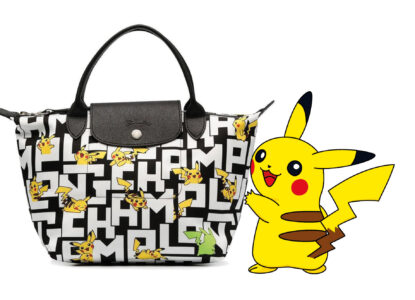
luxury conquers the no canal
Feared by luxury houses at the beginning, making most of them late adopters, the digital world is now a major and unavoidable axis of their ...
Our Expertise

Long perceived as an investment for the company, CSR can become a source of savings when it is put at the service of a well thought-out transformation.
Let’s take the example of one of our last transformation assignment on paper packaging cases with the common thread of reducing their environmental impact. We activated 3 CSR levers in this transformation, all of which allowed us to optimize the expense.
―
Use A Single Paper With CSR Characteristics
If the FSC standard guaranteeing the use of paper from eco-managed forests is widely used, paper suppliers now offer alternatives that push CSR thinking further: As for paper made from 100% recycled fibers and sometimes from agri-food residues such as citrus fruits, grapes, corn… paper manufacturers are not minimizing their efforts on eco-design, going so far as to produce the energy necessary for their production with unused wood residues. These are all arguments that allow brands to renew their CSR discourse and their communication.
This investment remains limited, the average extra cost of a standard 100% recycled paper is about 15% compared to the classic range, which impacts on average the final price of the case by about 5%. This additional cost will be quickly absorbed if it is combined with a review of the standardization of boxes on this unique paper in terms of size and weight, and allowing the establishment of more direct partnerships with paper manufacturers in the context of bulk volumes, in a global context of tension on these raw materials.
―

Act On The Paper/Decor Ratio To Reduce The Unit Price
On packaging where the marketing is a kley driver as in cosmetics for example, the ratio between the paper and the decoration is around 30/70, an imbalance of the price of the decoration can thus be optimized. Here again, a CSR approach can offer alternatives to optimize this cost. Two options are possible: using single paper with CSR characteristics as decorative elements in their own right; an option chosen by brands that directly print simple decorations on kraft paper, for example. Or identify, simplify and replace over-specifications with new, simpler & more environmentally friendly techniques. A high number of colors can often be reduced, and printers offer to rework and optimize decor documents in this sense, offering a good opportunity to modify printing techniques. For example, replacing UV inks with vegetable inks does not generally lead to additional costs. These inks, composed of 50% vegetable oils and 25% bio-sourced hard resin, also make it possible to obtain a biodegradable, recyclable and compostable case.
―
Optimize Printing And Ordering Processes To Reduce Waste And Transportation
CSR rationalization does not stop at the raw material and its production: it can be extended to the ordering process. Better logistics/packing (more volume per pallet run for instance), sourcing larger volumes not only allows for better pricing but also for a reduction in the frequency of supply. In other words: fewer deliveries and therefore fewer trucks! Thinking about amalgam or mass printing will also allow you to limit paper waste, another lever combining cost reduction and significant improvement of the carbon footprint.
Such rationalization must be carried out with vigilance. The first alert concerns the supply of single 100% recycled paper, which in a context of market tension remains more technical to supply than a market standard. The second alert concerns quality standards : Some 100% recycled papers are slightly less rigid than standard papers and will support lower print speeds or may have color irregularities between batches. Quality and marketing departments must be prepared to handle these few variations.

Feared by luxury houses at the beginning, making most of them late adopters, the digital world is now a major and unavoidable axis of their ...

Scanning a barcode to know the composition of a product, reading other customers before choosing a restaurant, or comparing airfare prices, ...

From Christie’s sale of a piece of digital art for $69 million, to Jack Dorsey’s (co-founder of the Twitter platform) first twee...